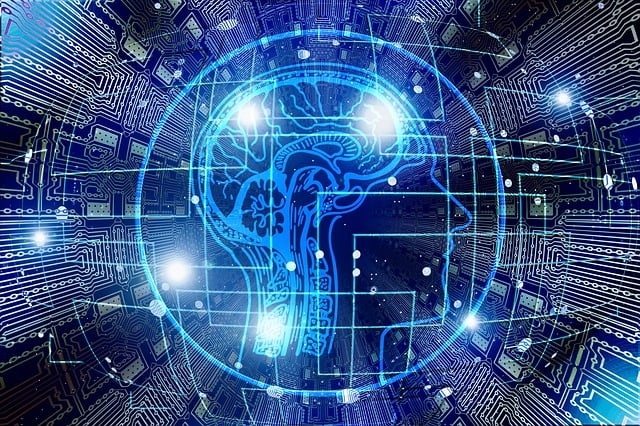
Artificial Intelligence (AI) has been heralded as a revolutionary tool with the potential to transform numerous industries, including education. However, maybe this has meant we have taken our eyes of some of the basics. Maybe before spending so much time on AI, before delving into the exciting possibilities AI presents, it is crucial to consider the foundational IT infrastructure which needs to first be present in schools. Without a robust and reliable technological base, the integration of AI in educational settings is likely to face significant hurdles no matter how much discussion occurs at next weeks BETT conference. That said, I myself need to admit to being very positive about the potential impact of AI for teachers, for students and for schools.
Assessing the Basic IT Infrastructure in Schools
The successful implementation of AI in education hinges on the availability of essential IT infrastructure. This includes high-speed internet access, up-to-date hardware and software, and adequate technical support. This is variable across schools, with some school continuing to struggle with outdated equipment, insufficient bandwidth or limited technical IT support, with this all likely to hamper the effectiveness of any AI usage. Some schools have 1:1 programmes which puts digital technologies in students hands in every lesson, which therefore may mean students now have access to AI across the curriculum, however in other schools technology access may be limited to one or two visits to an IT lab each week.
Investing in the necessary infrastructure is paramount. Schools must ensure that they have the capacity to support AI tools, including reliable hardware and infrastructure, plus sufficient internet bandwidth. Without these prerequisites, the benefits of AI cannot be fully realised. And I suspect one of the main potential benefits lies in putting AI in the hands of the students themselves, which therefore requires student access to devices possibly on a 1:1 basis.
AI: The New Shiny Thing?
The introduction of AI in education gets me thinking about the hoo-ha which has accompanied some previous technology innovations. I remember the pronouncements as to how the interactive whiteboard, the virtual learning environment and the MOOC (Massively Open Online Course) would be transformative and lead to the reimagining of the modern education system. In each case there was some impact, but the espoused potential was never realised and in fact the impact was mixed, especially when considering for change, resource and financial costs versus the resultant impact on students and their learning. In each of these cases the new technology was a shiny new thing for some educators to get excited about however the long-term impact was never there. Now personally I think AI is different, assuming schools first consider the basics such as access to infrastructure, bandwidth, support and training. But if these basics aren’t considered, or aren’t sufficiently actioned, then AI becomes yet another shiny new thing where it will promise so much, but through the lack of the basic and fundamental infrastructure, will deliver little.
And it needs to be noted, that even if the basics are in place, we still need to approach AI with a critical eye. Educators and policymakers must evaluate whether AI tools genuinely enhance learning outcomes and address specific educational challenges. It is not enough for AI to be novel and exciting; it must be demonstrably effective and aligned with pedagogical goals. It must achieve that difficult to quantify concept of “impact”. I feel it can do this, but only if we are careful in our choice of tools and how we seek to use these tools.
Critical Thinking
Another important foundational aspect to AI use in schools is that of critical thinking. Generative AI can quickly answer questions, provide an outline for coursework or offer feedback however how do we know that the content it returns is correct or suitable? This requires the essential skill of critical thinking. Now educators have long recognised the importance of critical thinking and have sought various methods to cultivate it in students however again the implementation across schools is varied. Some schools include critical thinking in their values, some signpost it and have built opportunities across the curriculum however for others it may be paid but lip service. To introduce students to the use of AI, or to use AI as educators, without the necessary critical eye on the output content will likely only lead to problems.
Conclusion
I am eager to contribute to, and be involved in exploring and experimenting with AI in schools. There is such great potential in the use of AI and I myself have already seen some of this potential in practical terms. That said, AI has become “the” topic in education circles as of late but maybe for some schools this detracts from their need to focus on the fabric of the school, the IT infrastructure, IT support and digital citizenship development of students.
AI requires us to be more critical as we seek to use AI tools and as we consume online content which may have been produced using AI. As such, maybe we also need to be more critical of our focus on AI in education, considering what other aspects of schools and school life this focus may distract us from.

